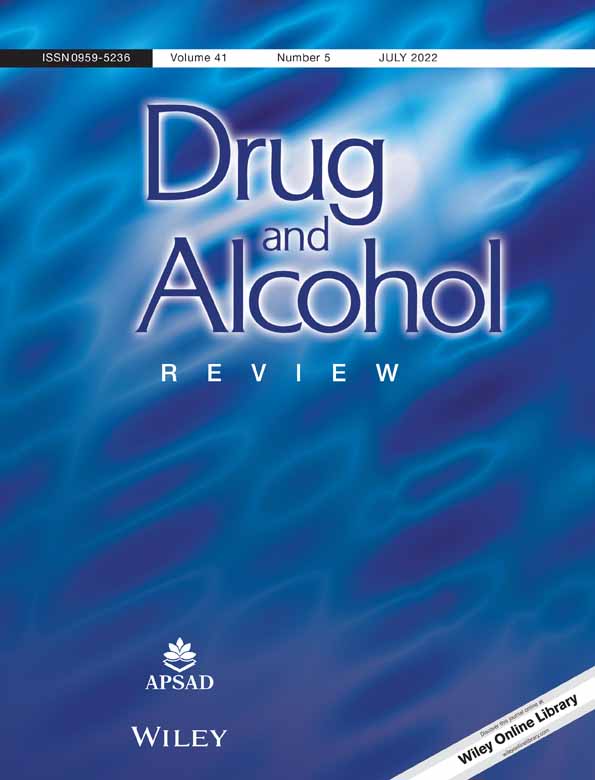Interrupted time series analysis of Canadian legal cannabis sales during the COVID-19 pandemic
Michael J. Armstrong PhD, Associate Professor of Operations Research, Nathan Cantor MSc, Medical Student, Brendan T. Smith PhD, Scientist, Rebecca Jesseman MA, Policy Director, Erin Hobin PhD, Scientist, Daniel T. Myran MD MPH, CIHR and uOttawa Department of Family Medicine Research Fellow.
Abstract
Introduction
There were repeated reports of increased cannabis sales, use and health impacts in Canada during the COVID-19 pandemic. However, it was unclear whether the increases were due to pandemic effects or industry expansion.
Methods
We performed interrupted time series regressions of monthly per capita legal cannabis sales from March 2019 to February 2021, first with national averages, then with provincial/territorial data after adjusting for store density. We considered two interruption alternatives: January 2020, when product variety increased; and March 2020, when pandemic restrictions began.
Results
The provincial/territorial regression with the January interruption explained R2 = 69.6% of within-jurisdiction variation: baseline monthly per capita sales growth averaged $0.21 (95% confidence interval [CI] 0.15, 0.26), sales immediately dropped in January by $1.02 (95% CI −1.67, −0.37), and monthly growth thereafter increased by $0.16 (95% CI 0.06, 0.25). With the March interruption, the regression instead explained 68.7% of variation: baseline sales growth averaged $0.14 (95% CI 0.06, 0.22), there was no immediate drop and growth thereafter increased by $0.22 per month (95% CI 0.08, 0.35).
Discussion and Conclusions
Increasing cannabis sales during the pandemic was consistent with pre-existing trends and increasing store numbers. The extra increased growth was more aligned with January's new product arrivals than with March's pandemic measures, though the latter cannot be ruled out. We found little evidence of pandemic impacts on Canada's aggregate legal cannabis sales. We therefore caution against attributing increased population-level cannabis use or health impacts primarily to the pandemic.
Conflict of Interest
The authors have all completed International Committee of Medical Journal Editors conflict of interest forms. The authors declare that they have no conflicts.




